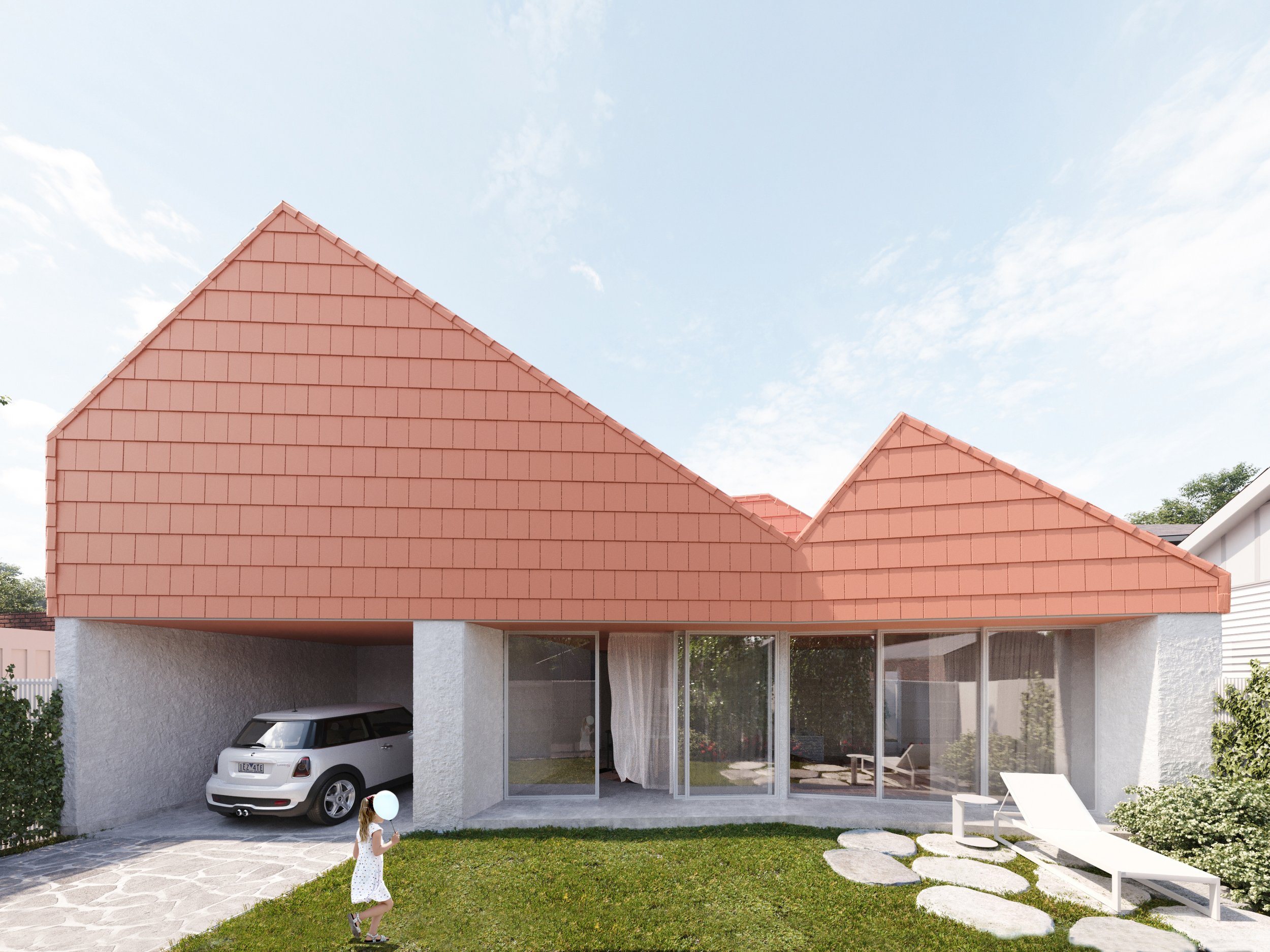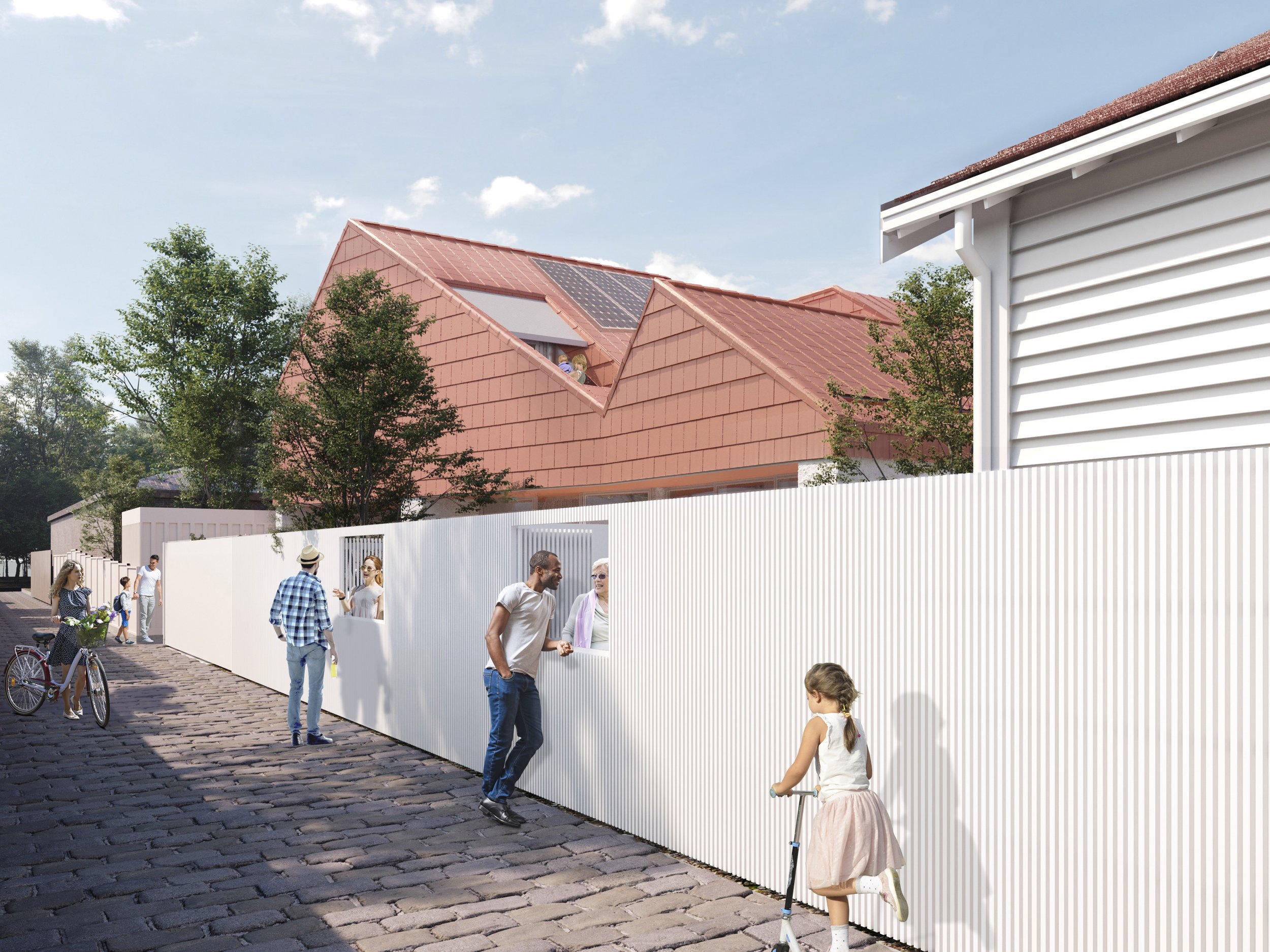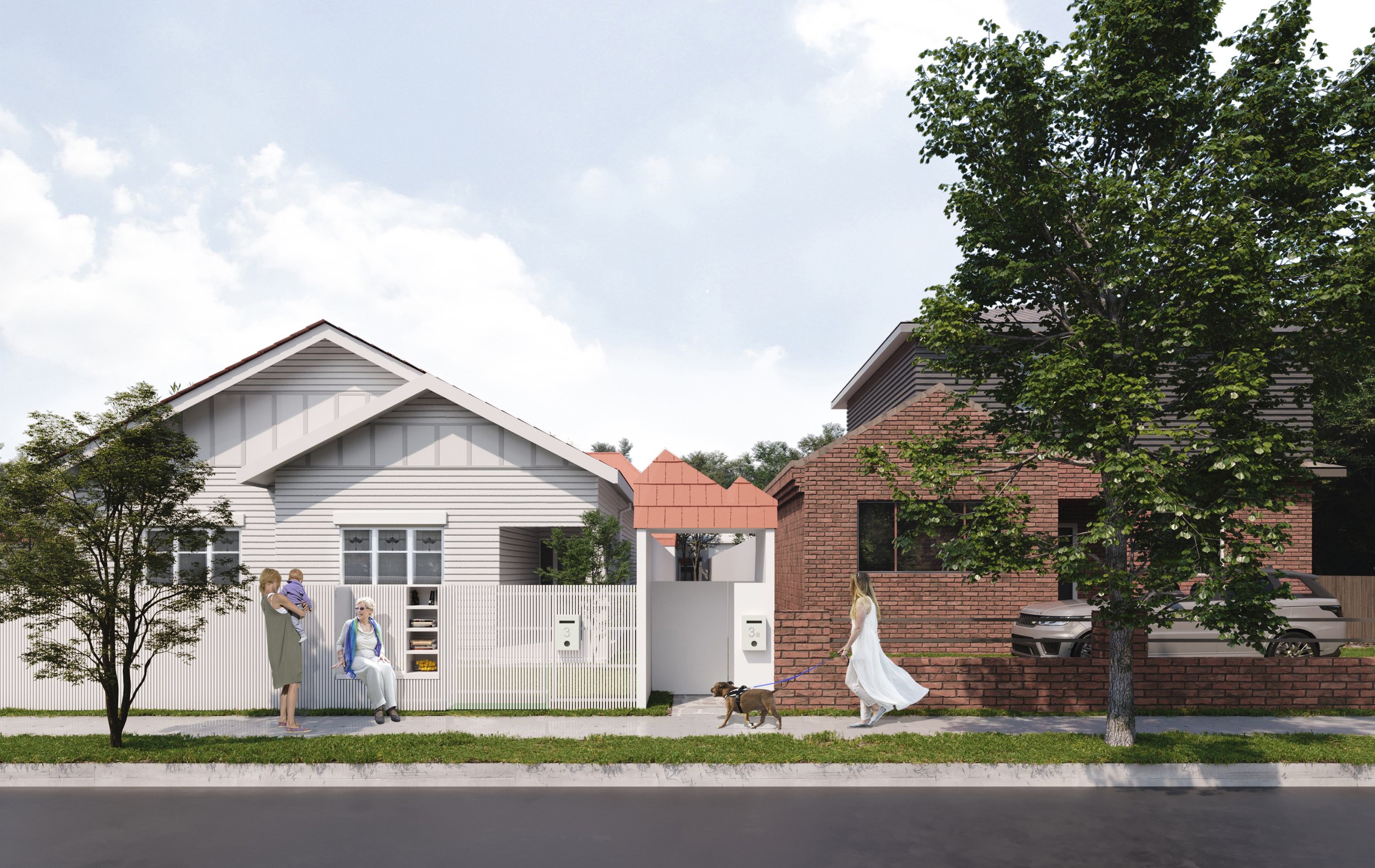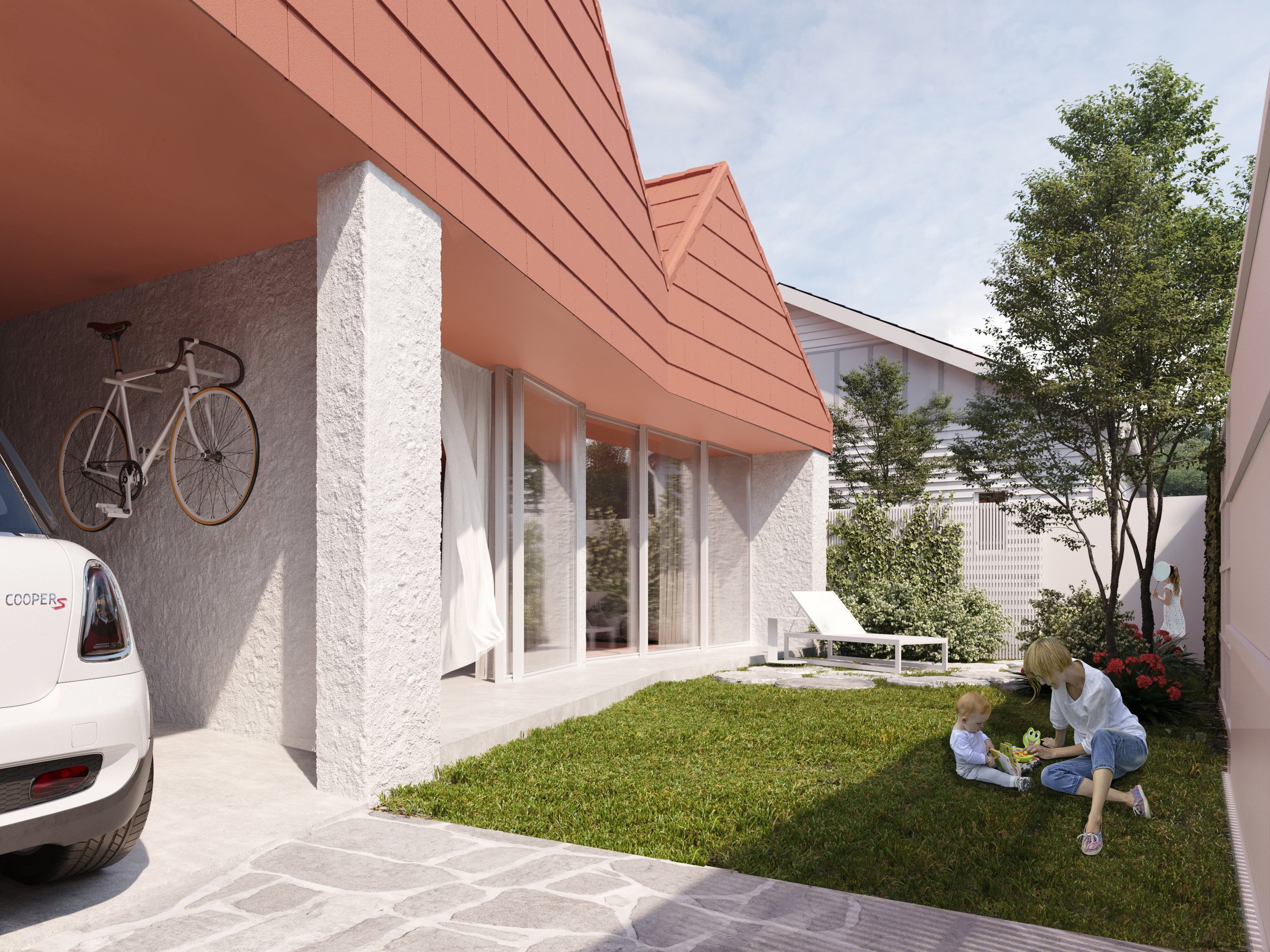Is your biggest asset hiding in your backyard?
When you think about your biggest asset, your mind probably jumps to your house. Or, if you’re a particularly wise soul, you might think, your health.
What if we told you your biggest asset (apart from your health, of course) is actually hidden in your backyard?
More accurately, it is your backyard.
In most cases, the land your home is sitting on is actually the most valuable part of your real estate portfolio. And as our towns and cities become more and more densely populated, your patch of grass becomes more and more appealing to those on the other side of the fence.
Of course, some people are savvy to this, and people have started slicing off their backyard and selling it to developers all over Melbourne. But why should a developer get all the benefits and build an eye sore that maximises their profits while minimising your outlook?
Subdividing your backyard and building a house that captures natural light, runs on renewable resources, and feels at home in your neighbourhood is the perfect way to capitalise on your asset while also making a positive contribution to your community and the wider world! Now that’s an investment you can feel proud of!
Develop and subdivide your backyard yourself
Instead, recognise the power you have to capitalise on this asset yourself – with the right support and advice, becoming a developer (in your own backyard, at least) is very possible. And because you probably want to continue living in your own home, this gives you an opportunity to create a development that improves your neighbourhood rather than detracts from it. It means you get to contribute to your neighbourhood in a positive way, feel good about your investment and still make a profit. How’s that for win-win? It might even give you the capital to make some much-needed improvements around your own house.
High-quality infill development has a ripple effect that actually improves the value of surrounding properties. Think about it this way: a new home in your backyard that’s designed with family living in mind, is efficiently planned, takes advantage of natural light, and is a delight to live in, is likely to attract a sophisticated buyer.
Strategic thinking might even mean you can benefit from your backyard development in more ways than one. In addition to creating value on your property, you could also use this development as a way to contribute to your neighbourhood in a positive way. What we build is around long after we’re gone, imagine leaving a legacy of a beautifully designed and built home in the neighbourhood you love?
Being the captain of your own backyard development gives you the ability to find creative ways to contribute to your community. It doesn’t need to be costly, simple gestures like an openable panel of fence so you can chat with your neighbours or a street library help to improve the sense of community in your neighbourhood and, in turn make it a more desirable place to live.
What if the new house in your backyard could become your new home, instead?
Who says you can’t enjoy the new home you’re creating yourself?
Thinking about your backyard development as not just a financial investment, but a lifestyle investment might mean you decide to move into the new house yourself!
It means you can create a home from scratch, exactly how you want it to look and feel, while allowing you to stay in the neighbourhood you know and love. It also helps you avoid the costs of stamp duty and potential capital gains tax, though we’re no accountant.
Deciding to build anew in the backyard might give you the opportunity to downsize (or upsize, depending on how big your backyard is!). You could create a highly energy-efficient or even passive house for you to enjoy. Your new home could be effectively off-grid; completely self-sufficient so you never have to pay a utility bill again! You’re building from scratch; the sky’s the limit!
It could also be a way for you to future-proof your life. By designing the new home so you can comfortably live there as you get older, it could be a grand alternative to a retirement village or nursing home. This would involve designing the home in keeping with the Livable Housing Design Guidelines with wide corridors, level entry, provision for grab rails and a bedroom and bathroom on the ground floor, meaning you could stay living at home for as long as possible.
A simple setback in the fence as part of this backyard subdivision creates a seat for passers-by and a series of shelves for a neighbourhood library. Neither of these features is expensive, but imagine how they will create a sense of community in this street.
Or, could it be an alternative to a granny flat?
Similarly, a new house could be the perfect pad for your elderly parents (and much classier than your average granny flat). Or it could offer the perfect balance of autonomy and support for your adult children. With a flexible design, this stylish and versatile take on the traditional granny flat could become a secondary source of income in the future if you decided to rent or AirBnB it out.
Moral of the story is, this type of backyard subdivision can be designed with flexibility in mind so it can adapt to you and your family’s needs as they change over time.
Can I subdivide my backyard?
A lot of Melbourne homes are on decent-sized blocks and many have rear laneway access. Others opportunities for backyard developers are corner blocks or even a home with a wide driveway. This could become access for the second house with a bit of creative planning.
Creating an additional dwelling in your backyard is, of course, subject to town planning approval. But, if it’s possible, it could be an incredible asset you can sell or rent either right now or at some point in the future.
To find out for sure if you could subdivide your backyard, it’s best to chat with a professional like an architect who can interpret the local planning laws, assess the suitability of your site and give you a better idea of how much financial investment it would require. A design diagnosis, master plan and cost study might be the perfect place to start so you know what’s possible, what investment it will require and you have an actionable plan for the future.
This new backyard subdivision includes an openable fence between the original house and the new sustainable home to the rear. This creates a flexible connection between the two houses that could make it the perfect set-up for a large, multi-generational family where it could be a hip granny flat, the perfect place for long-term overseas guests, or great friends who can share a garden.
How should I sell my backyard?
We can’t advise you on the best way to sell your backyard, but in our experience, the market for empty blocks of land is limited. You’re often better to take on the responsibility of building a new home in your backyard and dazzle the market by demonstrating what’s possible.
From there it’s important to plan a new dwelling that doesn’t substantially reduce the value of your existing property. Because you’re ultimately the owner of both lots until you sell, you want a synergistic relationship between the new and the old, not a parasitic one! Here’s where the power of good design comes in; you can create an asset for yourself and contribute positively to your community.
A well-planned subdivision and backyard development will create a beautiful new home that appeals to lots of potential buyers and enhance the neighbourhood's character.
If you want to be especially picky about who your new neighbours are, you could even have a unique sales process like an EOI/tender or private sale where you have more control over who eventually moves in next door. If you create a house that’s desirable enough, opting for a method of sale that gives you more control doesn’t mean you have to compromise the ultimate sales price.
So, the next time you step out your back door, take a closer look. That patch of grass and the overgrown agapanthus could be your biggest asset, hidden in plain sight. All you need to do is see the possibilities!




